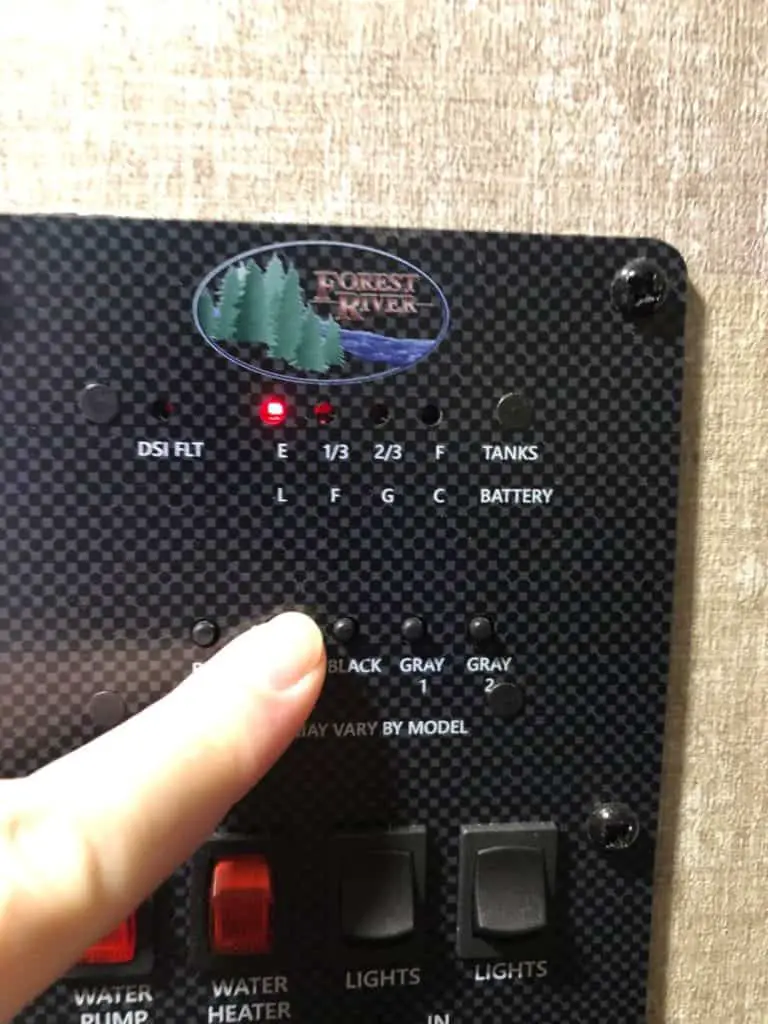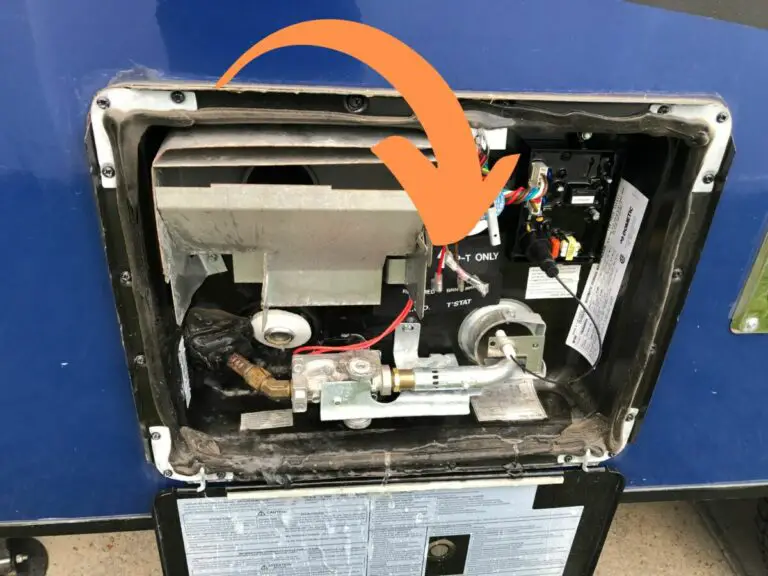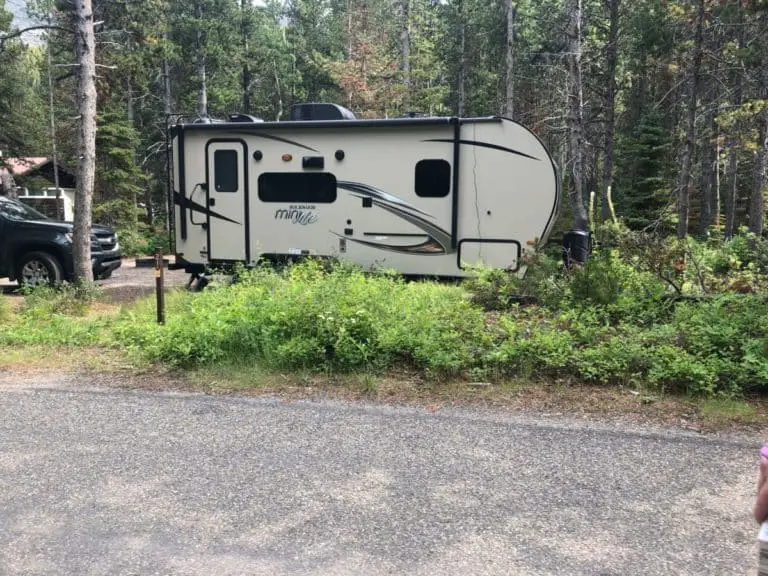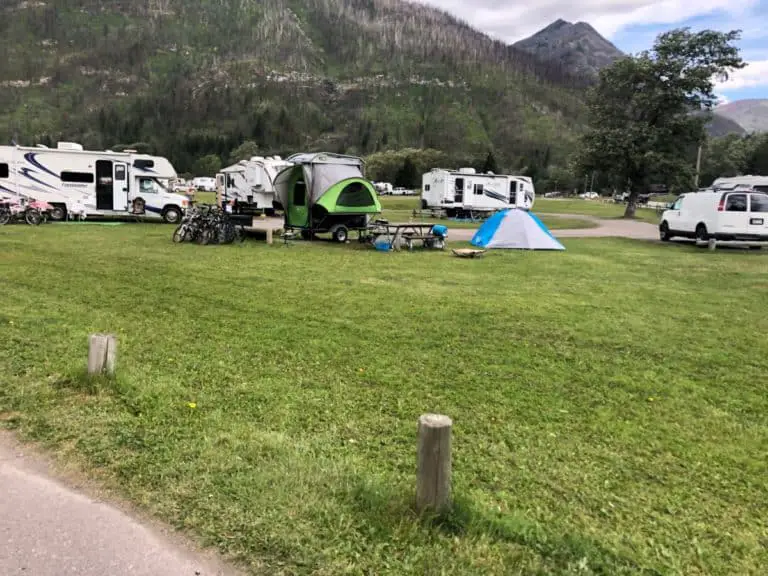Should You Use A RV Surge Protector When Plugged Into A House?
The opportunity to plug your RV into a household electrical system is ideal for keeping the RV battery bank charged and topped up, and also to enable the use of lights and low draw electrical appliances. RVs are fitted with 30 Amp or 50 Amp systems and require a special adapter to connect to normal 15 or 20 Amp household outlets.
It is imperative to always have a surge connector installed between the RV electrical system and any shore power source or battery recharge system. A surge protector will ensure that the power is cut to the RV in the event of a power surge, even when connected to a domestic power outlet.
If you intend to run appliances like air conditioners, microwave ovens, water heaters, or hair dryers in the RV, a specialized installation of a 30 Amp RV supply outlet must be installed by a professional electrician. Let’s understand which appliances can be run on a 30 Amp system or a 50 Amp system.
Do you really need a surge protector when plugged into your house?
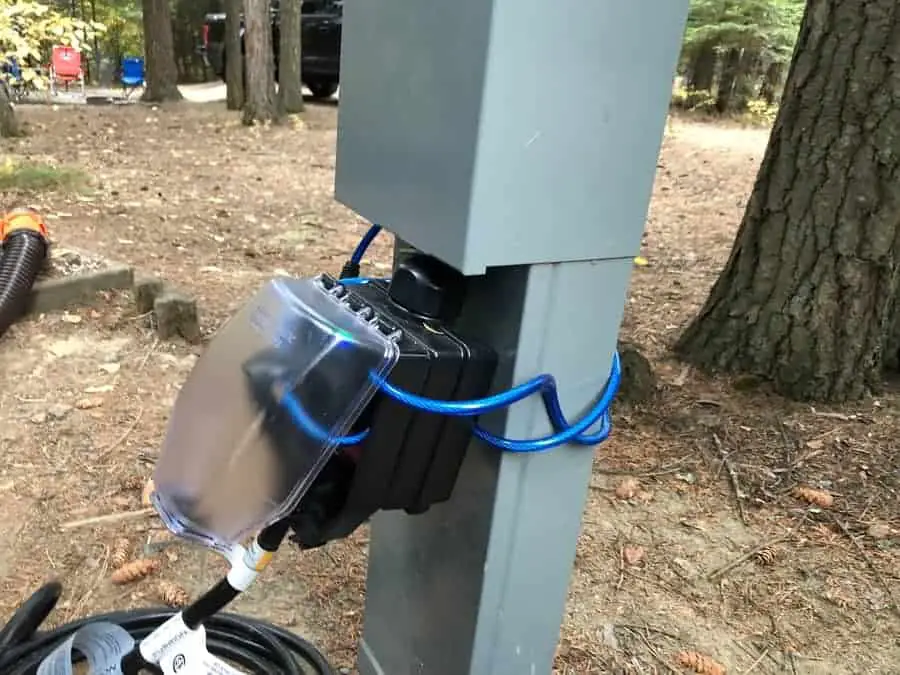
Power is not clean
Whether you are at the campground, plugged into a generator, or at your house, power is not clean. There can be spikes based on what you have plugged in, your neighbor, or your load on your generator.
It is imperative that you keep protected with the use of a surge protector at all times when plugged into an outlet. You never know when a car can hit a telephone pole, lighting will strike, or your neighbor decides to plug in their hot tub for the first time.
Power can fluctuate based on what is plugged in
A 30 Amp RV system running on the 110 V AC can produce 3,300 Watts of energy, and the sum of all the electrical appliances at any given time must be less than 3.6 KW.
On a 50 Amp RV system, the system consists of two separate 50 Amp feedlines, each with 110 V and capable of producing 5,500 Watt per line. The two 50 Amp lines can thus supply a total of 11.0 KW.
Voltage surges result from lightning storms or are caused when the power utility company switches between different power sources. Surge protectors will cut the power to the RV when they detect a spike in voltage in the supply line.
Here is our favorite 30 amp surge protector.
If you need a 50 amp, here is our selection.
RV appliances can also be damaged when the voltage drops too low or becomes unstable and varies in frequency.
The more expensive appliances such as air conditioners are most susceptible to damage from unstable power and low voltage drops. The most comprehensive protection requires the installation of an Electrical Management System. Permanent EMS Surge Protection devices have to comply with UL 1449 and are designed to protect from:
- Open Ground Protection
- High/Low Voltage Protection
- Surge Protection
- Surge Protection availability indicator
- AC Frequency Protection
- Accidental 240V Protection
- Open Neutral Protection
- Reverse Polarity Protection
EMS is available as fixed installations on RVs or as portable systems plugged into power sources at RV parks or homes.
Want something that is permanently installed so you don’t have to worry about theft? If you are worried about theft, here is a great article on how to secure your surge protector and other items. Here are our picks for permanently installed units:
Power Draws that can affect your voltage of your RV
The table below depicts the typical power draws of various RV appliances. When drawing power, if plugged into a house with older wiring or a 15 amp breaker, you may trip the breaker and cause your RV to have no power. This is where a surge protector helps.
We always run our ac at our home in the summer to cool down the trailer when packing. I can’t tell you the number of times we have tripped our breaker. By having a surge protector plugged in, it helps us from unwanted surges when turning back the power.
| Appliance | Current Draw (A) | Power (W) |
| RV Air Conditioner (Start-up) | 18 | 1980 |
| RV Air Conditioner (Running) | 16 | 1760 |
| Microwave Oven (Convection) | 15 | 1650 |
| Water Heater (6-gallon, heating) | 13 | 1430 |
| Space Heater (1600 watts) | 13 | 1430 |
| Microwave Oven (Standard) | 13 | 1430 |
| Hair Dryer (High) | 13 | 1430 |
| Electric Kettle | 12 | 1320 |
| Frying Pan (Cooking – High) | 12 | 1320 |
| Window Air Conditioner | 10 | 1100 |
| Space Heater (800 watts) | 10 | 1100 |
| Toaster | 10 | 1100 |
| RV Converter (charging) | 8 | 880 |
| Refrigerator | 8 | 880 |
| Coffee Maker | 8 | 880 |
| Ceiling Fan (low to high setting) | 6 | 660 |
| RV Roof Fan | 5 | 550 |
| Television HD, Digital | 4 | 440 |
| Computer (Laptop) | 3 | 330 |
| DVD, Disc Player, Radio | 2 | 220 |
| Lights (per bulb) | 1.5 | 165 |
| Chargers (small electronics) | 1.5 | 165 |
The sum of the power draw by appliances in use at any given point in time on a 30 Amp system cannot exceed 3,300 Watt, and on a 50 Amp system, a maximum load of 11,000 Watt is possible.
The EMS surge protector will trip if the voltage surges too high or drops too low, thus preventing damage to the electrical circuitry or appliances in the RV.
In most homes in the US, the household electrical installation is designed around lighting and small electrical appliance circuits or 15 or 20 Amps. Major appliances such as air conditioners, stoves, and hot water systems are set up on dedicated circuits at 20, 50, or 60 Amps. Normal electrical outlets will be on a 15 or 20 Amp circuit.
When plugging your RV into a normal 15 or 20 Amp domestic outlet, care should be taken to use the correct adaptor cable to fit your 30 Amp or 50 Amp RV connector. Do not cheap out on this, they are not expensive, here is a great model on Amazon. All appliances and the main breaker for the RV must be switched off before connecting to the 20 Amp supply line.
What do do if you keep tripping breakers with your RV at your house?
Limit the number of low draw appliances such as lights, the fridge, or the battery charger not to exceed the maximum power demand of 3,300 Watt. If you require major appliances to run while plugged into your home power supply, you will require the installation of a 30 or 50 Amp dedicated breaker for your RV in your home electrical system.
If you want to get down and dirty on why you need a surge protector, consider reading this article we have written. It explains all of the details.
Will The Surge Protector On The House Protect The RV?
If your household system is fitted with surge protection, it will automatically protect your RV connected to a 20 Amp domestic circuit or 30-50 Amp dedicated RV circuit. You will, however, be required to have surge protection for the RV when you are at an RV park or campsite with grid power.
A portable surge protector or a permanent built-in EMS surge protector can protect the RV electrical system and appliances. Experienced RV campers advise that it is good practice to always connect your RV via one of these options, even when your RV is connected to an electrical outlet at your home that has a domestic surge protector.
Conclusion
Protecting your RV against power surges, whether plugged into a domestic power outlet or at the campsite, must always be a priority. Not leaving your RV electrical system vulnerable to the potential of damage from power surges and other irregularities with the power supply will save you thousands in damages and inconvenience.
The cost of simple power surge protectors varies from as little as $75 for a 30 Amp surge protector to around $300 for the comprehensive protection of an EMS surge protector.
Experienced RV campers have set up procedures for connecting to the utilities at RV parks and other campsites that always include the connection of the surge protection as a first step. Happy camping!
Be the first to be notified about FREE tips, hints, coupon codes, and email-exclusive information. All for FREE!





